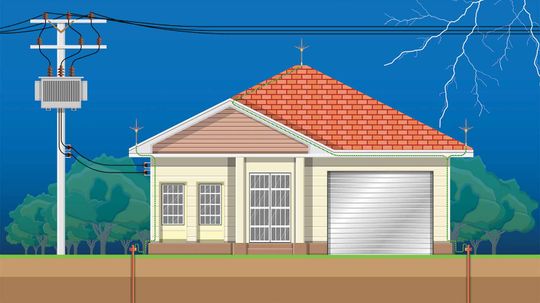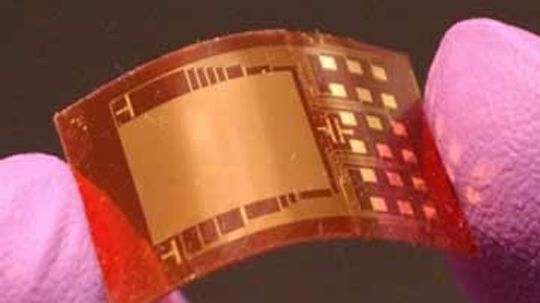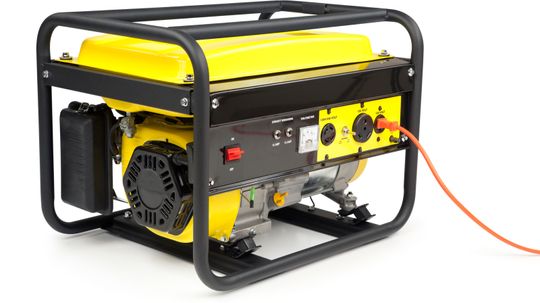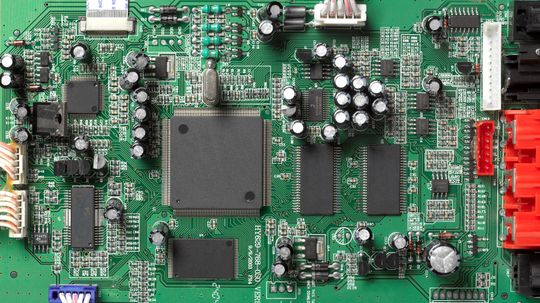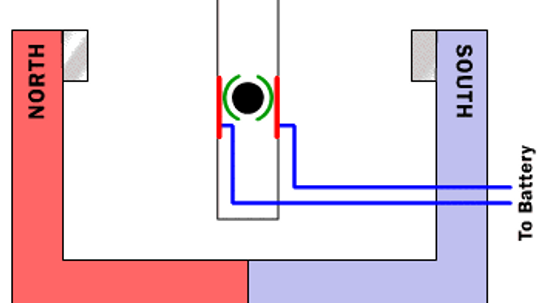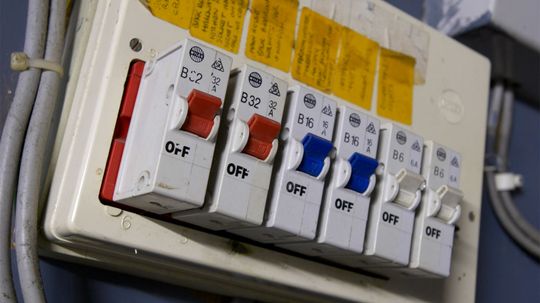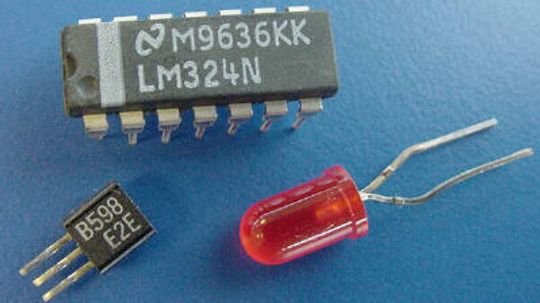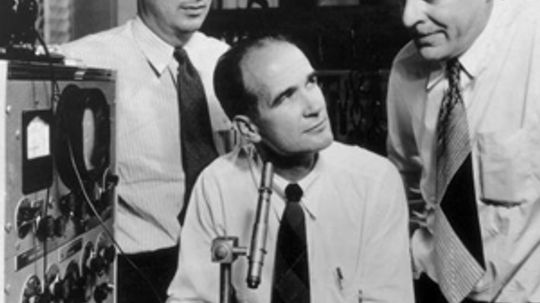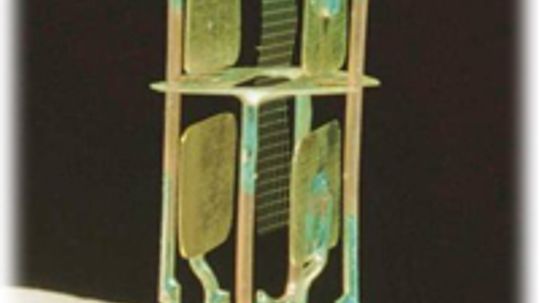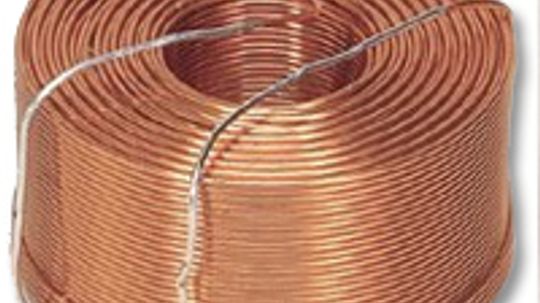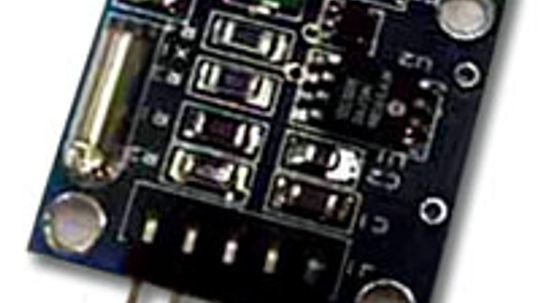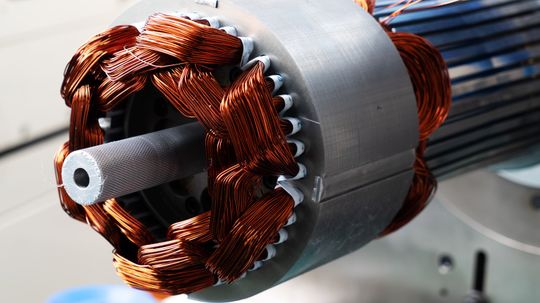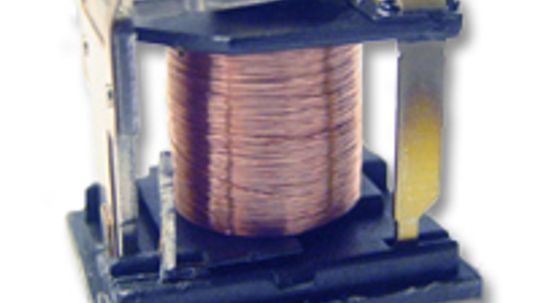Solid State Electronics
Solid state components are the building blocks of today's electronics. Learn about the technology inside the gadgets and machines that we use every day.

Seniors May Be As Hooked to Smartphones As Their Grandkids

5 Ways Technology Has Negatively Affected Families

What life skills can video games teach kids?

New Technology Revives Tarnished Daguerreotype Ghosts

13 Iconic Photographs That Captured the World's Imagination

How Skycam Works
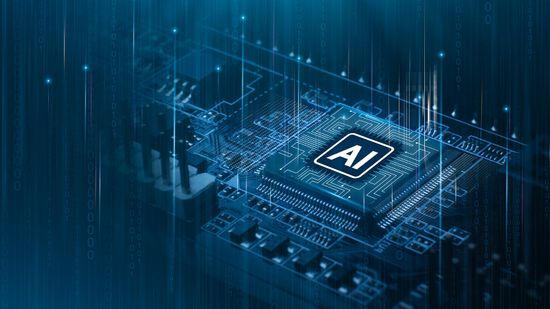
7 Types of AI, What They Do, and How

The Easiest Font to Read Is Already on Your Phone

How Geofencing Works: Pros, Cons and Privacy Concerns

8 Jobs AI Will Replace and 8 It Won't (Yet)

Times Science Fiction Movies Accurately Predicted Future Technology

We're Getting Closer to the Quantum Internet, But What Is It?
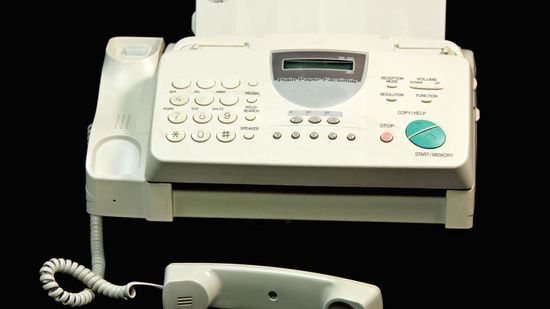
People Still Use Fax Machines, But, Um, Why?

How Rolex Came to Rule the Wrist
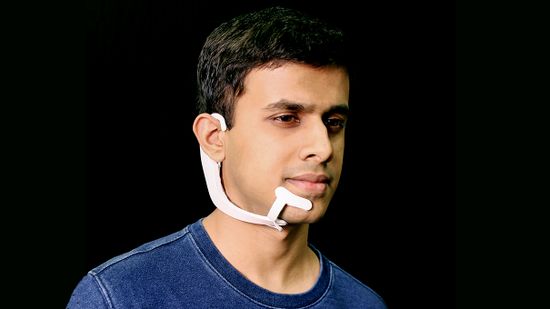
New MIT Headset Can 'Hear' Your Thoughts and Respond

Run, Jump & Climb Your Way Through Our Roblox Quiz

Can You Survive Our Minecraft Quiz?
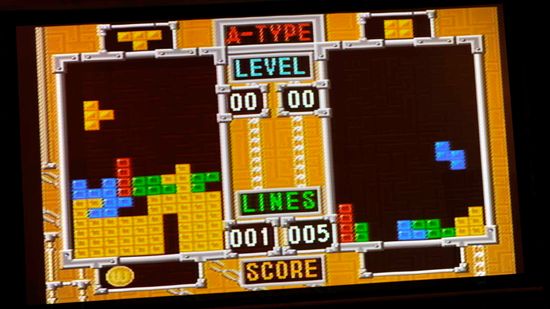
How Tetris Went From Soviet Mind Game to Smash Hit

QLED vs. OLED: Weighing Different TV Options

How to Look and Sound Good on Your Videoconference Call

Can You Fix the Dirty Screen Effect?
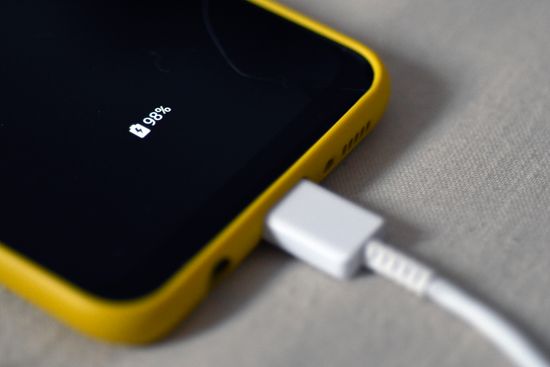
What Does Airplane Mode Do? And Can It Save Battery Life?
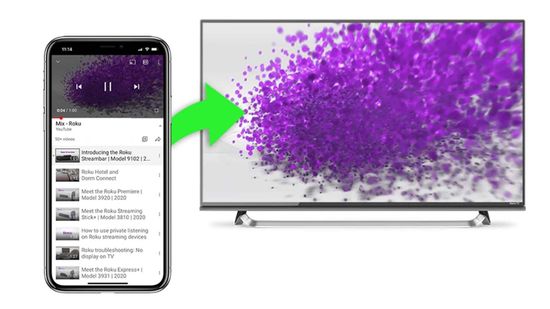
How to Cast Roku to Your TV

How to Download Music From YouTube

How Walkie-talkies Work

Why weren't The Beatles on iTunes?
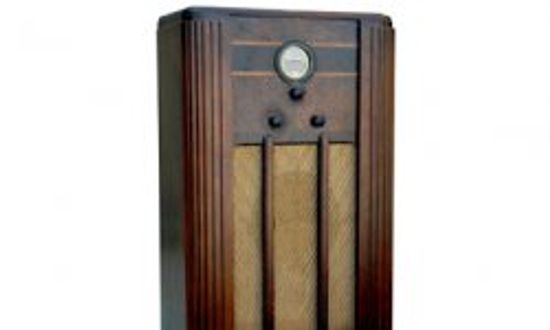
History of Radio Pictures
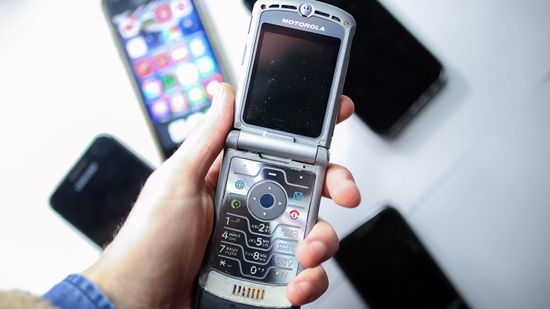
What’s Been the Best Selling Phone in the World?

Who Called Me From This Phone Number? Need-to-know Tips

LTE Meaning: Understanding the Cell Phone Technology

Can You Use Your Phone on a Plane? Furthermore, Should You?

5 Myths About Mark Zuckerberg

Top 5 Myths About Bill Gates
Learn More
A whole-house surge protector is a device larger than the typical power strip. It can defend an entire house from voltage spikes coming off the electrical grid.
By Talon Homer
Have you ever wondered what goes on inside an electric motor? We've taken apart a simple electric motor that you would typically find in a toy to explain how all the parts work. See the next page to get started.
Flat screen TVs come in different flavors. Learn about the difference between LCD and LED in this article.
By Marie Look
Advertisement
Nanogenerators can harness kinetic energy to power implanted medical devices, smartphones and other small personal electronics. Do you have the power to learn how nanogenerators work?
Your son has to build an electric generator for the school science fair and he asked you to help him. Learn about how to build an electric generator in this article.
The capacitor plays a crucial role in electronics. It stores electrons for when they're needed most, dumping a huge charge instead of a steady flow. How does it do it?
The brushless motor is more precise than a regular electric motor and it's also a great deal more efficient. Learn all about brushless motors and how the invention of transistors led to their development.
Advertisement
Imagine a TV that is 80 inches wide and less than a quarter-inch thick, consumes less power than most TVs you can buy today and can be rolled up when you're not using it. OLEDs can make it happen. Find out how.
Circuit breakers protect your home's electrical grid and appliances by cutting off excessive flows of electricity. Learn how they work!
By Tom Harris & Talon Homer
Light emitting diodes form numbers on digital clocks, send data from remote controls and illuminate watches - the simple genius of the design makes it infinitely applicable. And now, LEDs are affordable.
Semiconductors form the heart of modern electronics. Learn about semiconductors, silicon, doping, diodes and other fascinating technologies.
Advertisement
Solid-state electronic devices are part of our everyday lives. The transistor, invented in 1947, was the first solid-state device to come into commercial use. Learn what solid state electronics are and where you can find them.
The introduction of the transistor moved the world from power-hungry vacuum tubes to portable, powerful solid-state electronics. What other advancements has the mighty transistor wrought on our society?
Oscillators show up in lots of electronic equipment. In fact, you might be surprised to know that computers, radios, metal detectors, and stun guns all use oscillators. Read on to learn how an oscillator works!
An inductor is little more than a coil of wire. Sound simple? Well, it is -- but that coil of wire can do some pretty cool things. Learn all about inductors and what they're used for.
Advertisement
Would you like to be able to build your own digital devices? Logic gates are the basis of digital electronics. Find out what these gates do and how you can use them to start building your own devices.
Most modern electronic devices (TVs, appliances, power tools) contain an embedded microcontroller. It's basically a dedicated computer. Find out how these devices work and experiment with one on your own.
Electric motors power almost everything in your kitchen, bathroom and office. But how do they perform their magic?
Powered by electromagnets, a relay is simply a mechanical switch, and you’ll find them all over a typical house or car. Find out what these simple components are doing in all your electrical stuff.
